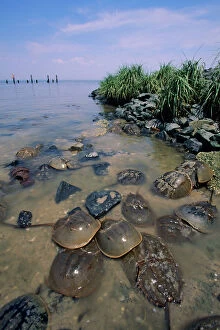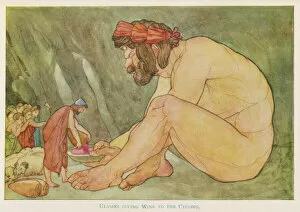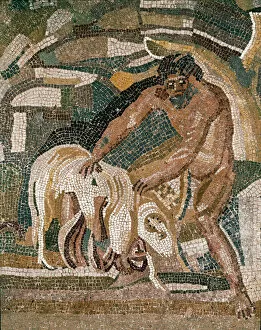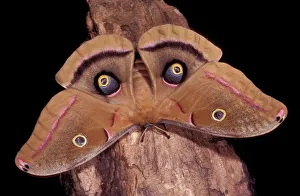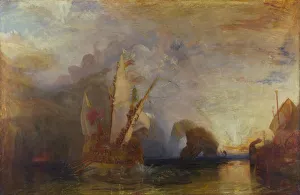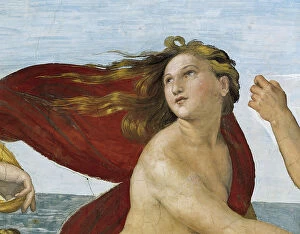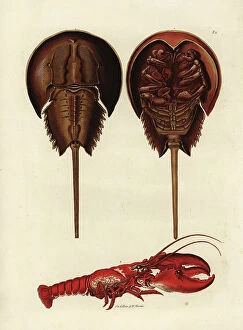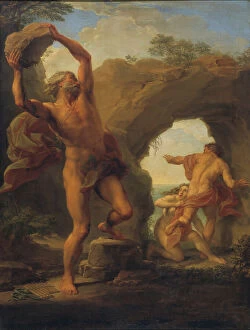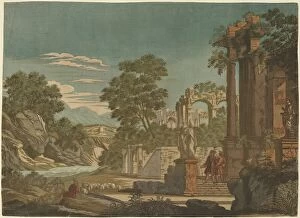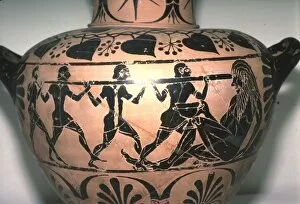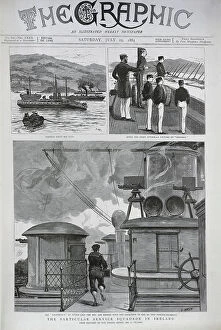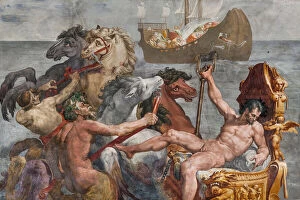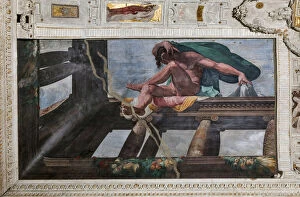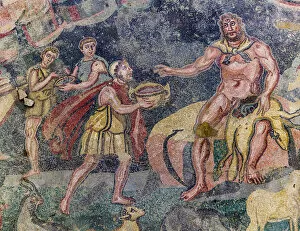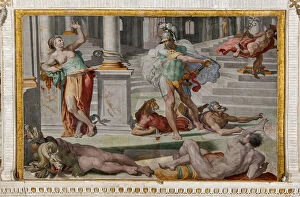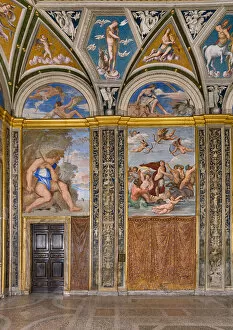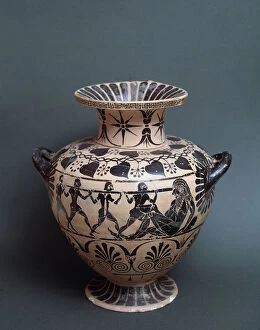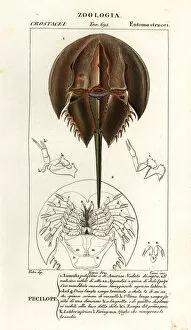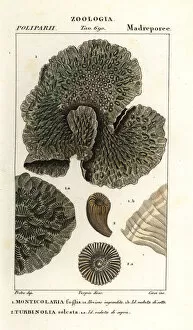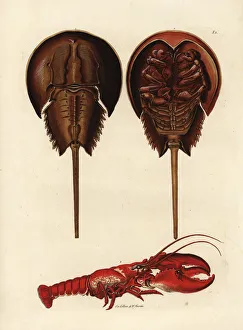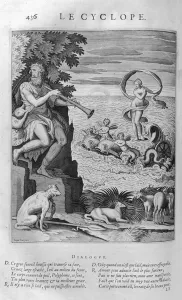Polyphemus Collection
"Polyphemus: A Mythical Encounter Across Art and Nature" Step into the world of mythology as we delve into the captivating tale of Polyphemus
All Professionally Made to Order for Quick Shipping
"Polyphemus: A Mythical Encounter Across Art and Nature" Step into the world of mythology as we delve into the captivating tale of Polyphemus, the Cyclops from Homer's Odyssey. In this 150-word caption, we explore various artistic interpretations and natural wonders associated with this legendary character. Joseph Mallord William Turner's masterpiece "Ulysses Deriding Polyphemus" (1829) transports us to a dramatic scene where Odysseus taunts the one-eyed giant. Meanwhile, at Reeds Beach in New Jersey, USA, horseshoe crabs emerge after tides recede, reminiscent of their ancient presence during Odysseus' encounter. The blinding is depicted on a Greek vase from the late Archaic period (c530BC-c510BC), showcasing how this myth has inspired artists throughout history. Even today, in Arizona's wilderness, the intimidating posture of the Polyphemus Moth reflects its namesake's fierce gaze. From Paris' Jardin du Luxembourg to Ireland's Particular Service Squadron commemorating this epic tale through art and architecture. Whether it be mosaic representations or vase-paintings illustrating Odysseus offering wine to Polyphemus – these diverse interpretations remind us that myths continue to captivate our imagination across time and cultures.

